Unregelmäßigkeiten schaffen
Obwohl die Anzahl der Abschneidungen und ihre Positionen im Voraus festgelegt sind, variiert das Endergebnis jeder Abschneidung leicht, wodurch einzigartige Formen entstehen. Dies spiegelt die Idee wider, dass es auch in der künstlichen Welt Elemente des Zufalls und der Variation gibt. Jedes Teil ist daher einzigartig und ahmt die Einzigartigkeit natürlicher Formen nach, jedoch mit einer Präzision, die es in der Natur nicht gibt.
Die daraus resultierende Unregelmäßigkeit erinnert an die zentrale Figur in Albrecht Dürers Kupferstich "Melanconia I", der ein unregelmäßiges Polyeder darstellt, das Komplexität und unvollkommene Schönheit symbolisiert.
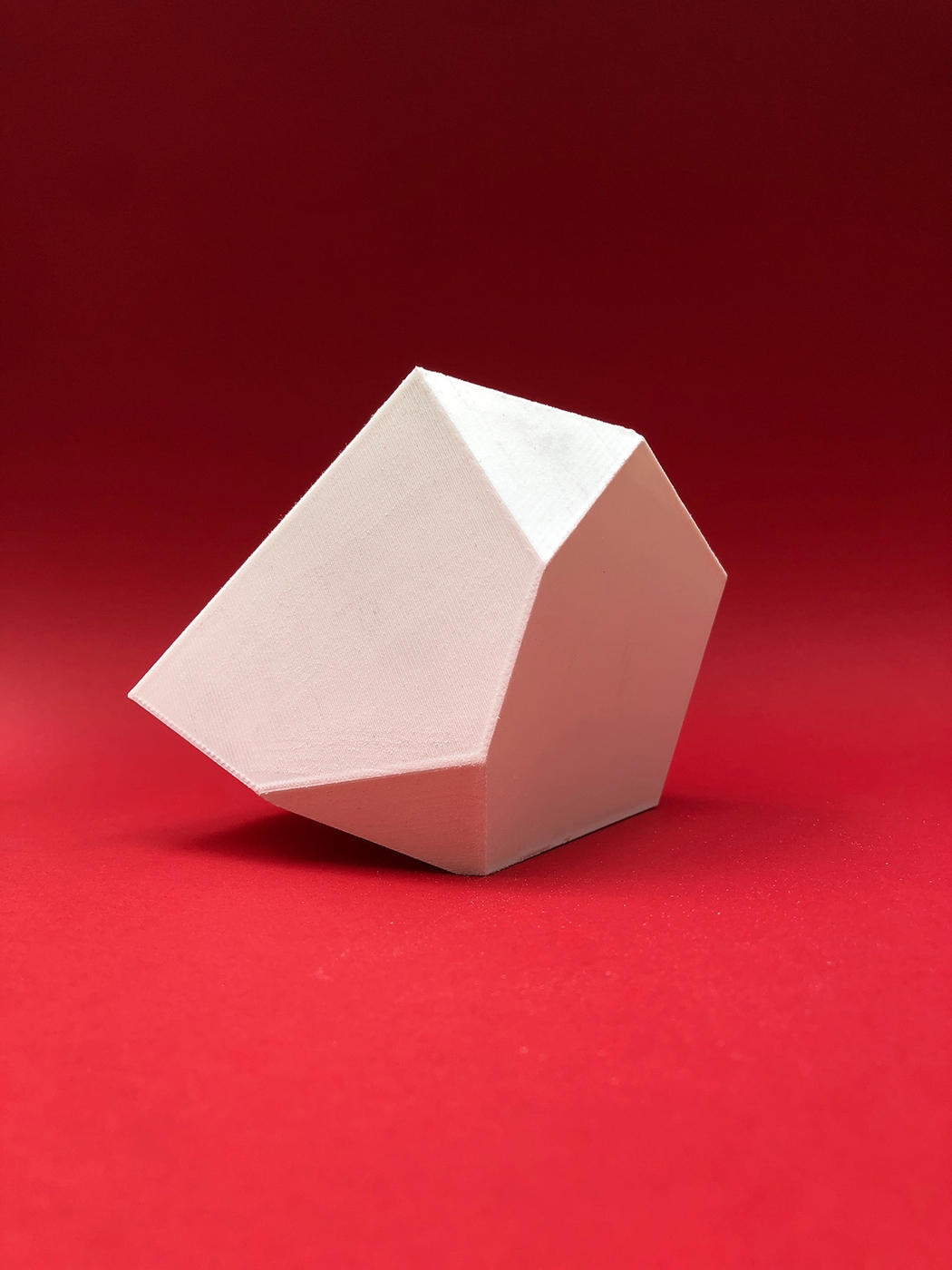
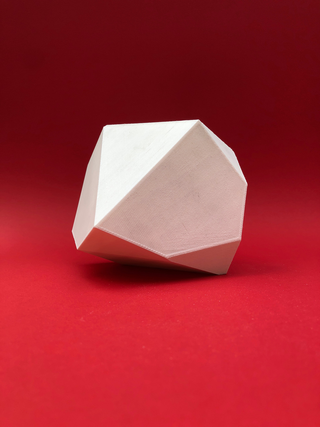
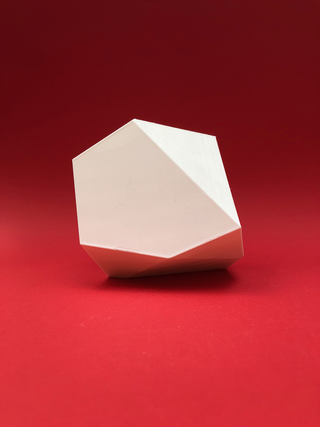
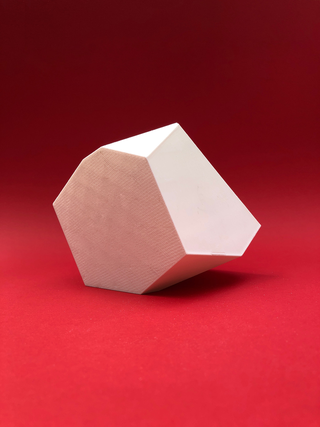
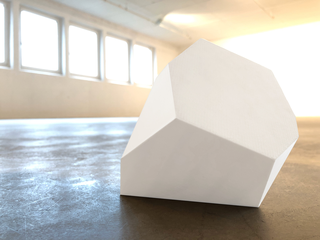
Social
Contatti
umberto@cavenago.info